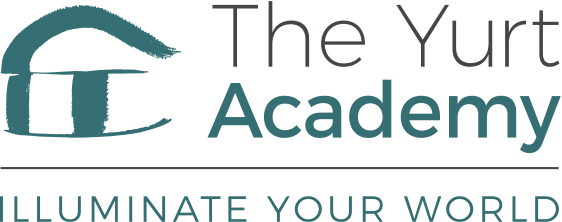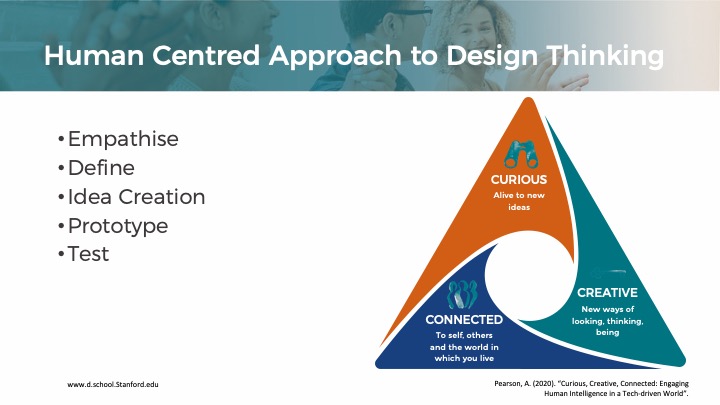“How can I be creative on command?”
This question was posed by a student of Design Thinking for Digital Innovation at the Warwick Business School where I gave a guest lecture earlier this week, and I thank Associate Professor Isabel Fischer for the opportunity to talk to her second-year business students and to introduce my work on the application of curiosity, creativity and connectedness in Design Thinking.
Design Thinking is about solving real world problems and is by nature human centred. The Stanford Design School (d.school) process of Design Thinking starts with Empathy. The Design Council of the UK begins with Discover. Other schools kick off with Understand or Inspire, Learn and Hear. To achieve any of these one has to be authentically curious; to listen, look, explore and learn with the intent to understand. Being curious is both a skill and a mindset, and it takes practice.
The design process is iterative and is based on creativity through action. Trial and error, exploration and adjustments – ongoing loops of divergent and convergent thinking. In the final analysis, creativity is about coming up with something unique that brings value, often by combining seemingly unrelated ideas. This happens, or can happen given half the chance, when there is real support for the cross fertilisation of expertise and for a non-judgement exploration of ideas. Here ideas clash and collide, and innovation is born.
Design Thinking is also about connectedness; holistic in method, integrative in approach. It is a framework to help us solve the big issues that we all face as individuals, teams, organisations, governments and societies while remaining human-centred and solution focused.
I have been working on building a tool kit for the trinity of curiosity, creativity and connectedness. It comprises exercises and techniques to nurture mindsets and attitudes, as well as tools and methodologies to be used in specific challenges. And I firmly believe that creativity can be used on demand. But, like any other skill, it needs effort and energy, focus and precision. And with practice, any one of us can be creative on command.

